The Spicy Soul of Mexico: A Deep Dive into Mexican Pork Stew Traditions
Table of Contents
- Introduction
- Roots in Mexican Cuisine
- Essential Ingredients & Spices
- Top 5 Mexican Pork Stew Recipes to Try at Home
- Cooking Tips for the Perfect Stew
- Serving Suggestions & Spice Pairings
- Buying Guide: Must-Have Tools and Ingredients
- Conclusion
Introduction
If you've ever tasted a steaming bowl of Mexican pork stew, chances are you didn’t just eat it — you felt it. That rich, smoky aroma; that perfect balance of heat and earthiness; the way each bite tells a story steeped in centuries of tradition — these are the things that make Mexican pork stew more than just food. It's an experience.
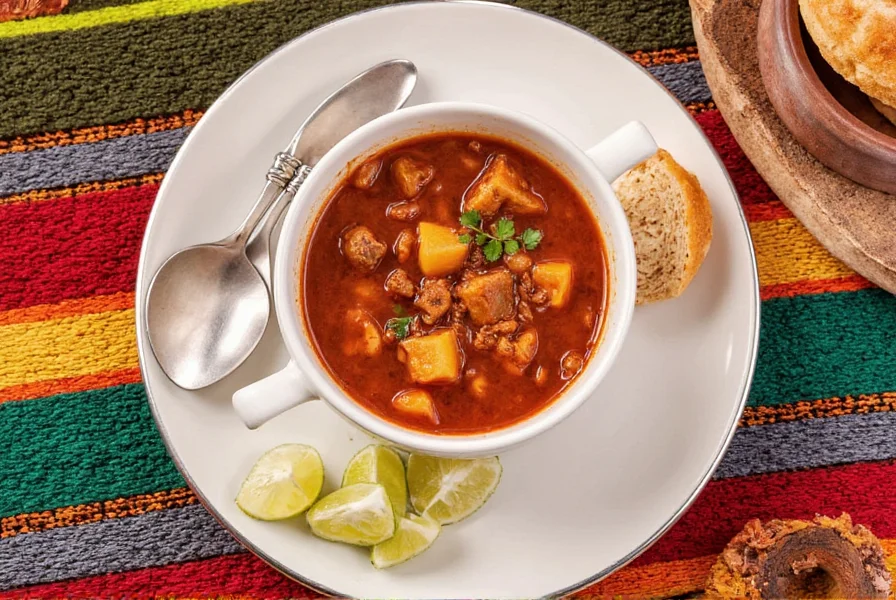
In this article, we’ll explore the vibrant world of Mexican pork stew — its origins, variations, essential spices, and even a few must-try recipes. Whether you're a seasoned chef or a home cook looking to spice up your Sunday dinner, this guide has everything you need to master the art of this beloved dish.
Roots in Mexican Cuisine
Mexican pork stew — or *guiso de puerco* — is deeply rooted in the culinary traditions of central and southern Mexico. Though regional variations abound, one thing remains constant: the reverence for slow-cooked flavor and the use of indigenous spices like dried chilies, cumin, and oregano.
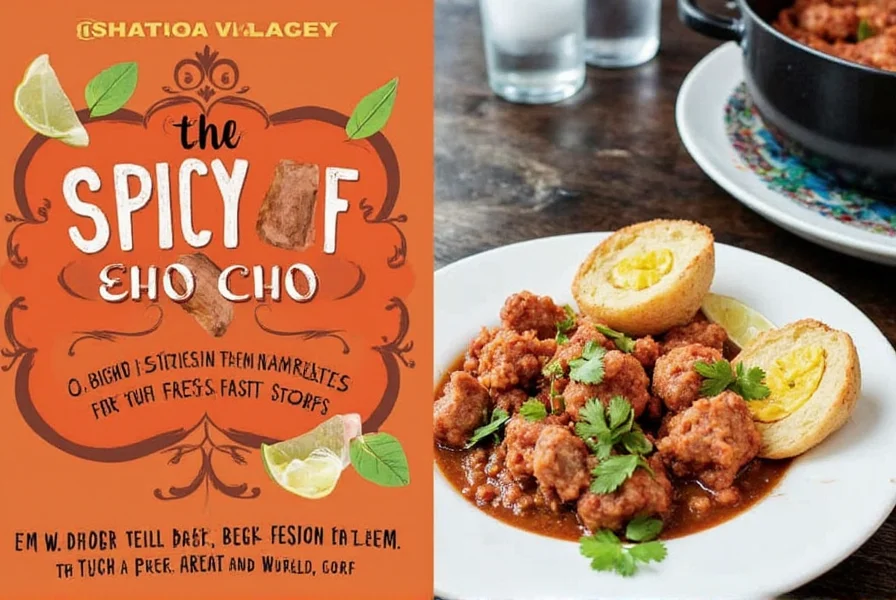
Historically, stews were prepared using tough cuts of pork shoulder or ribs, which were slow-cooked until tender, often over open flames. The addition of fire-roasted tomatoes, garlic, and herbs transformed simple ingredients into something truly unforgettable.
Essential Ingredients & Spices
At the heart of any great Mexican pork stew lies a carefully curated mix of spices and aromatics. Here’s a quick breakdown:
| Ingredient | Flavor Profile | Common Use |
|---|---|---|
| Ancho Chili | Sweet, fruity, mild heat | Base for sauces and broths |
| Guajillo Chili | Berry-like, moderate heat | Main spice in many red sauces |
| Cumin | Earthy, nutty, warm | Enhances depth in braised dishes |
| Garlic | Pungent, savory | Aromatic base |
| Dried Oregano (Mexican) | Herbal, slightly bitter | Complements tomato-based broths |
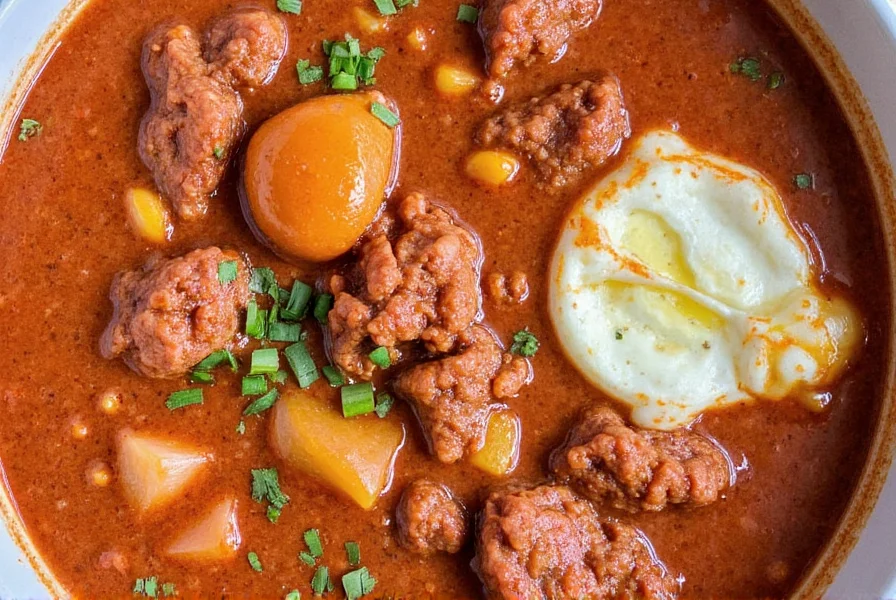
Pro Tip: Toasting whole spices before grinding them enhances their aromatic oils and brings out deeper flavors. Don’t skip this step if you’re going for authenticity!
Top 5 Mexican Pork Stew Recipes to Try at Home
Ready to bring some serious heat to your kitchen? Here are five mouthwatering takes on the classic Mexican pork stew:
- Puerco en Salsa Verde – Green tomatillo-based stew with serrano peppers and fresh cilantro.
- Coctel de Puerco – A spiced-up twist with chopped onions, avocado, and lime on the side.
- Mole de Puerco – Rich mole sauce with chocolate undertones and a complex blend of spices.
- Tatemado con Chorizo – Smoky pork stew infused with chorizo and roasted chilies.
- Puerco al Chipotle – Fiery chipotle-infused stew with a touch of sweetness from dried fruits.

Cooking Tips for the Perfect Stew
While the basic idea behind stewing is straightforward — simmer and serve — there are some key techniques that can take your stew from good to unforgettable:
- Brown the Pork First: Sealing the meat creates a flavorful crust and locks in juices.
- Layer Your Flavors: Build a solid foundation by cooking garlic, onions, and spices before adding liquids.
- Simmer Slowly: Low and slow is the name of the game. Letting the stew simmer for 1–2 hours ensures maximum tenderness and infusion.
- Adjust the Heat: Taste as you go and adjust chili levels accordingly. Remember: you can always add more heat, but you can't take it away.
- Let it Rest: Allow the stew to sit for 10–15 minutes after cooking. This lets the flavors meld together beautifully.
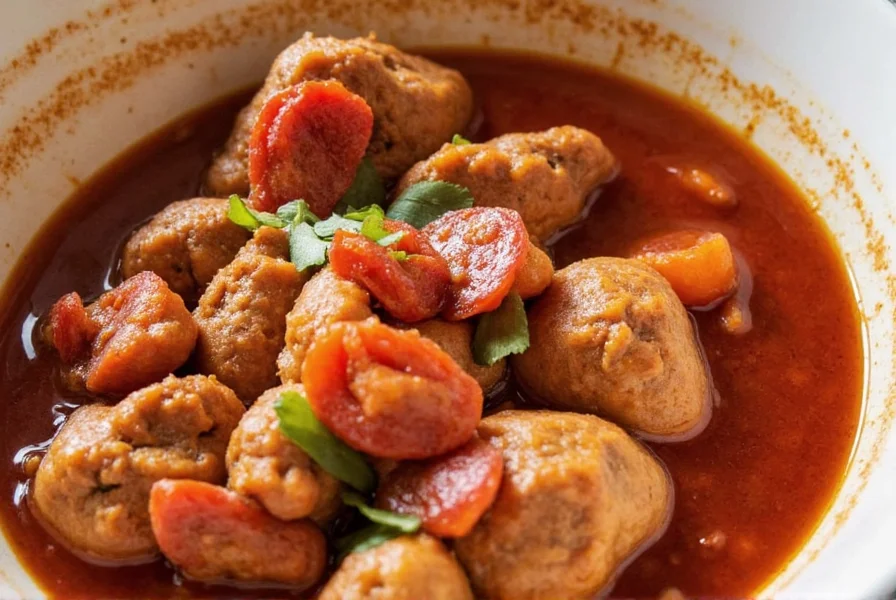
Serving Suggestions & Spice Pairings
No Mexican meal is complete without thoughtful pairings. Here’s how to elevate your pork stew experience:
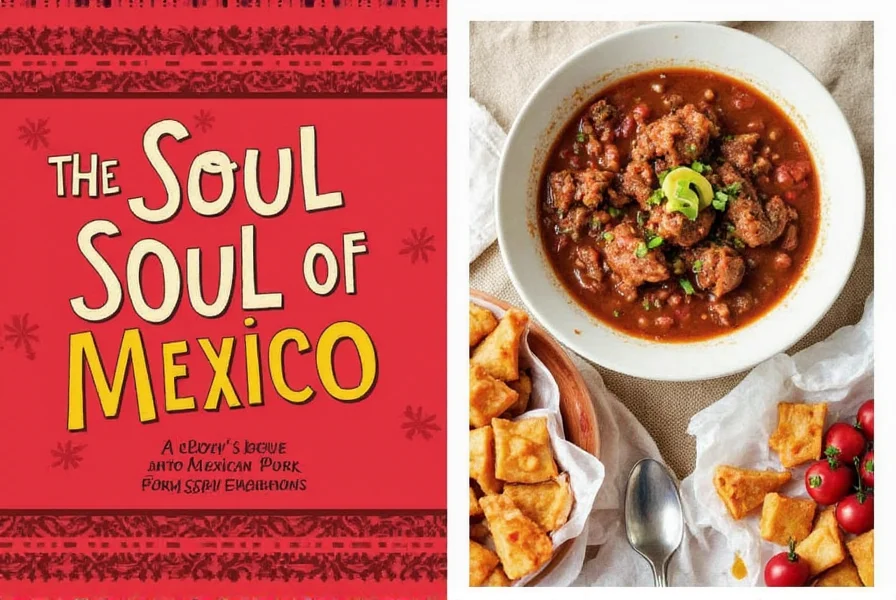 Corn Tortillas
Corn Tortillas
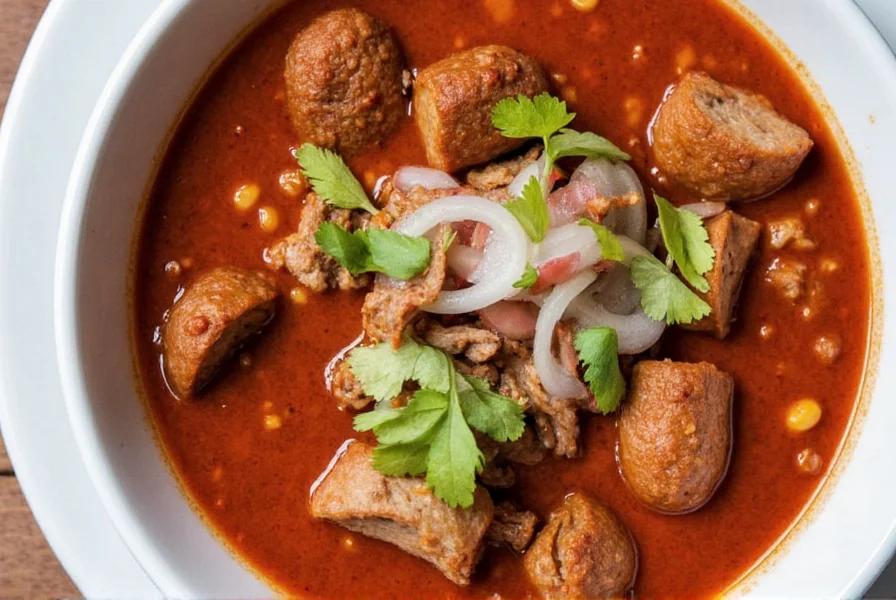 Rice & Beans
Rice & Beans
 Avocado Slices
Avocado Slices
 Lime Wedges
Lime Wedges
And don’t forget the drinks! Pair your stew with a chilled horchata, a tangy michelada, or a bold red wine like Zinfandel to balance the spice and richness.
Buying Guide: Must-Have Tools and Ingredients
Whether you’re just starting out or upgrading your kitchen arsenal, here’s a curated list of tools and ingredients every aspiring stew-maker should own:
| Product | Features | Best For | Occasions |
|---|---|---|---|
| Cast Iron Dutch Oven | Retains heat well, durable, multi-use | Slow-cooking meats and stews | Weekend dinners, family gatherings |
| Chili Grinder | Preserves natural oils, adjustable grind settings | Fresh ground spices, especially chilies | Authentic spice blends and homemade pastes |
| Smoked Paprika | Earthy, sweet, subtle smoke | Adding depth to tomato-based broths | Winter meals, hearty soups |
| Chipotle in Adobo Sauce | Smoky, spicy, slightly sweet | Kicking up flavor quickly | Quick weeknight meals, tacos |
| Clay Pot (Olla de Barro) | Natural flavor enhancement, gentle heat distribution | Traditional slow cooking | Festive occasions, heritage cooking |
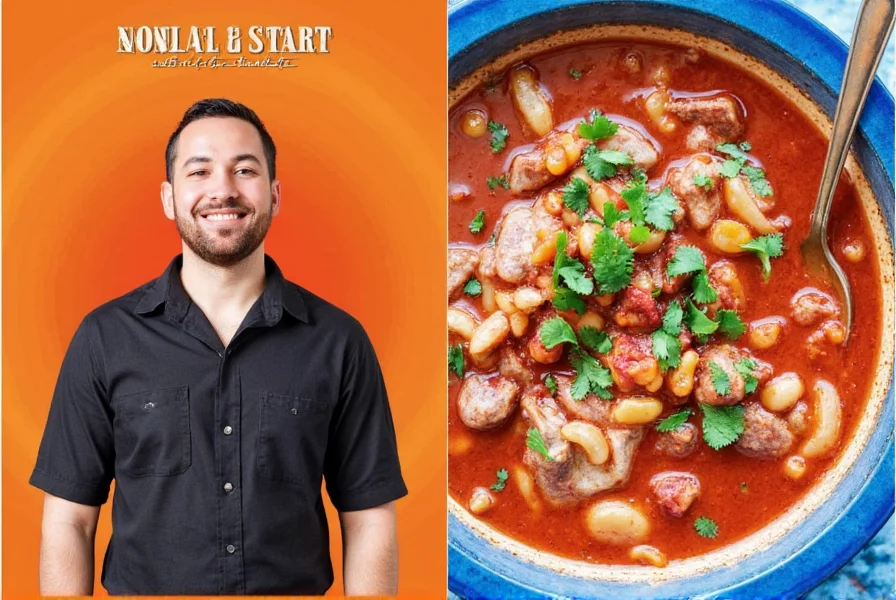
Conclusion
Mexican pork stew is more than a dish — it's a celebration of culture, community, and the magic of spice. From the earthy warmth of cumin to the smoky punch of chipotle, every ingredient plays a role in crafting a memorable meal.
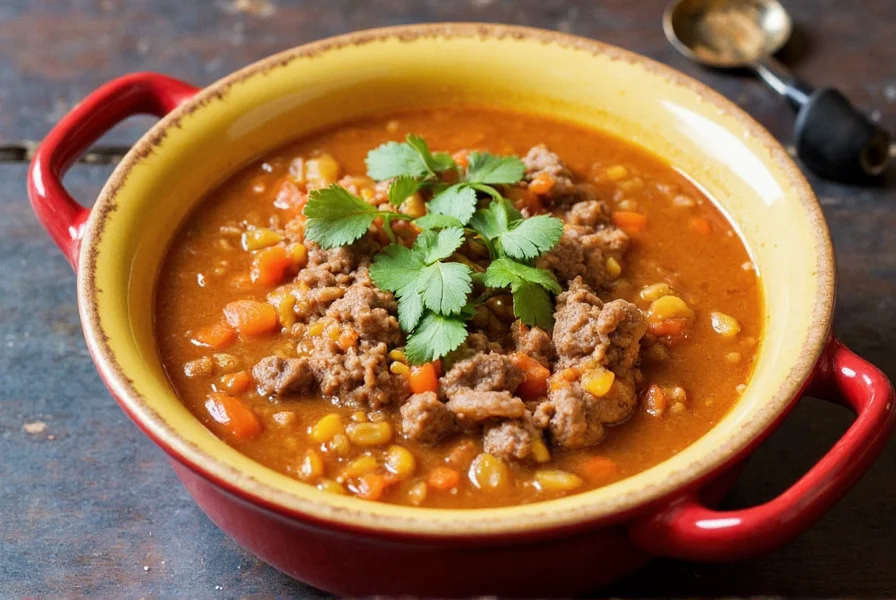
So why not embrace the spirit of Mexico in your own kitchen? Grab your favorite spices, choose a cut of pork, and let the stew do the rest. With a little patience and a lot of love, you'll soon be savoring a bowl that tastes like home — no matter where you are.

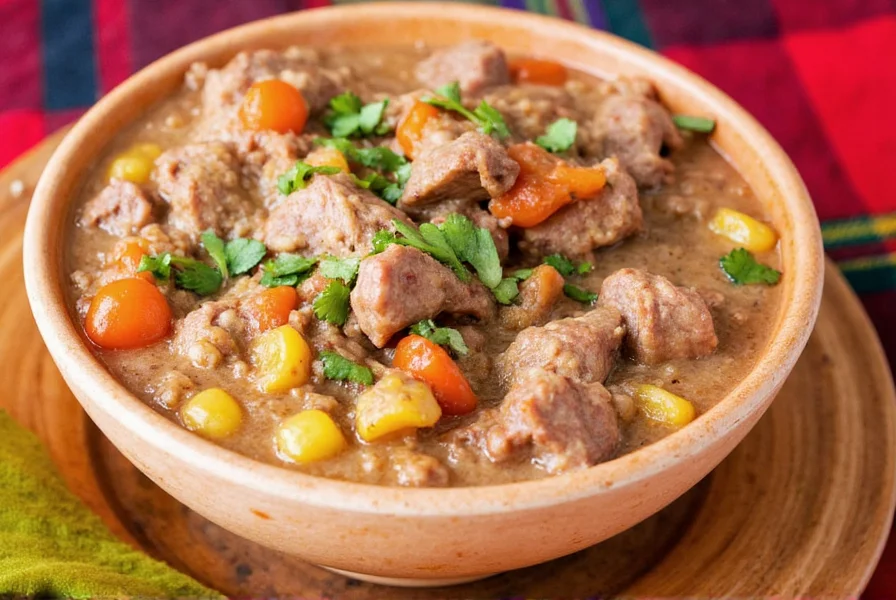









 浙公网安备
33010002000092号
浙公网安备
33010002000092号 浙B2-20120091-4
浙B2-20120091-4